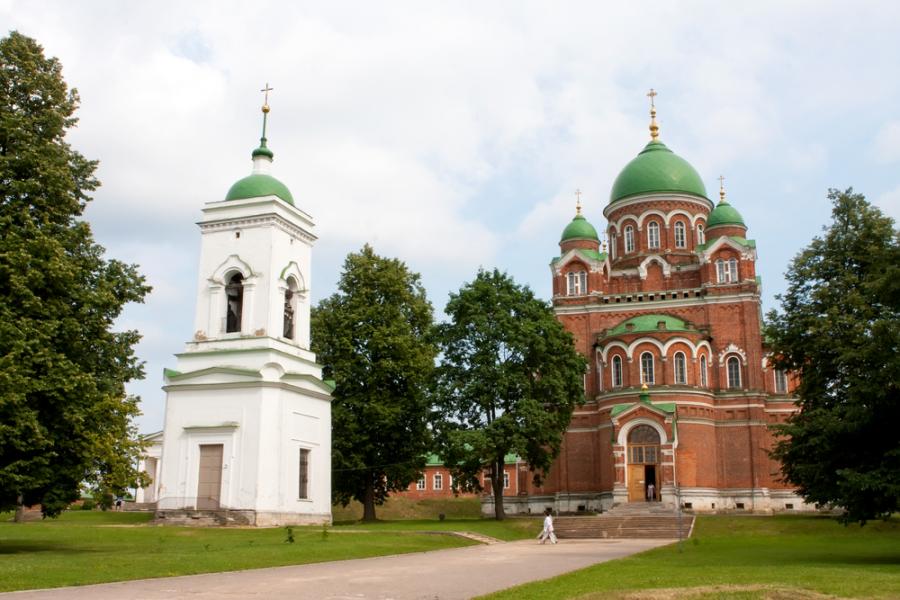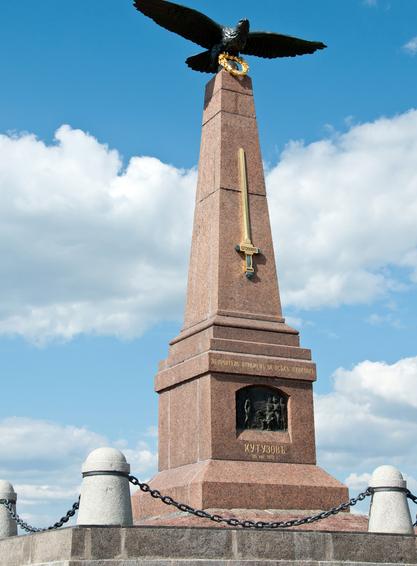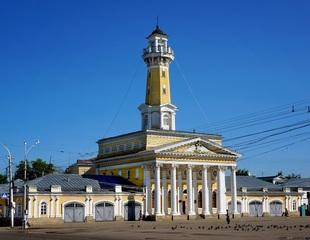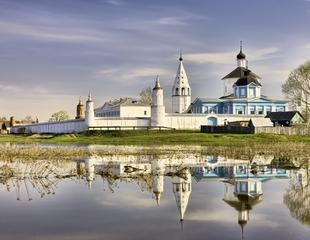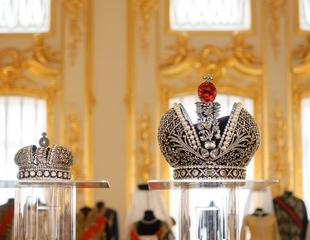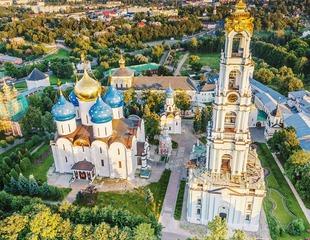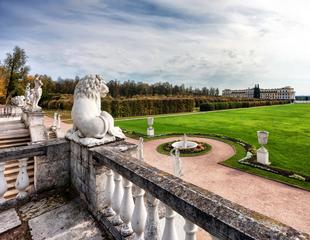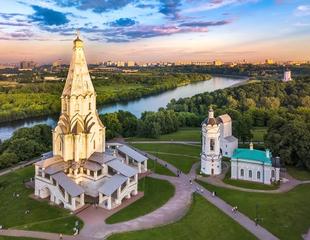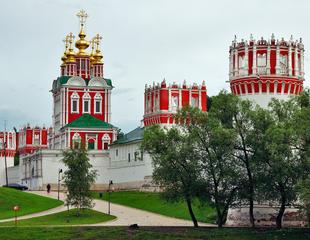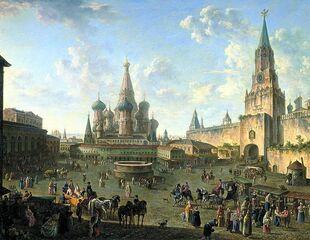The Borodino Field is a place known after the decisive battle in the war of 1812, where the Russian army under the command of M. Kutuzov and the Grand Army of the French Emperor Napoleon Bonaparte came together in mortal fight. Napoleon failed to break the resistance of the Russian army. Since this day, August 26, 1812, and there is a main and unique museum exhibit — the Borodino Field.
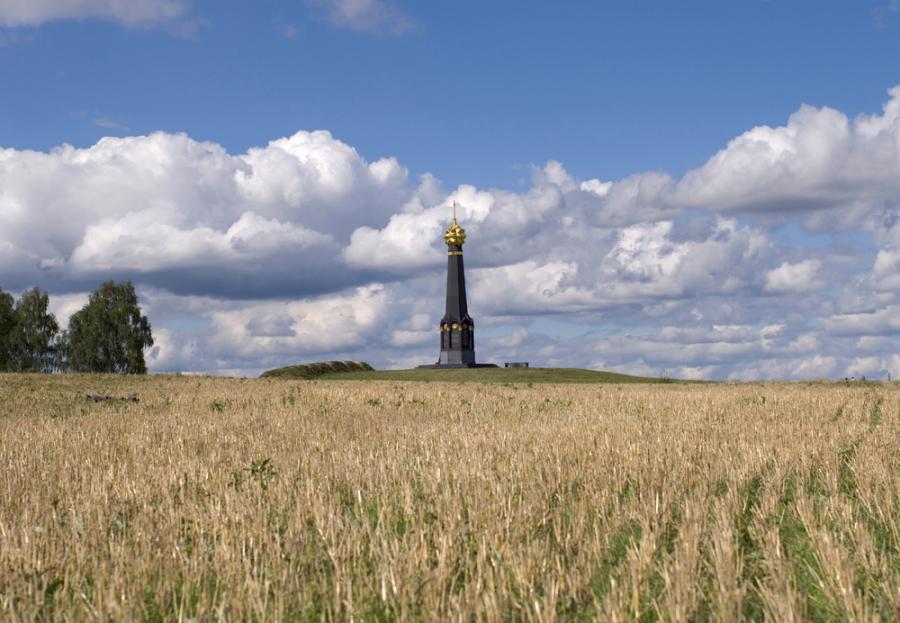
August 26, 1839, in the presence of Emperor Nicholas I, in front of the troops and 200 participants of the battle, on the Mound Height, there was consecrated a monument in memory of the valiant defenders of the Motherland, built by the project of A.Adamini.
The hero of Borodino, General P. Bagration, was buried next to the participants of the Napoleonic Wars. At the foot of the hill, there was built a lodge for soldiers and veterans, who, according to the decree of the Emperor, had to take care of the monument, be in charge of a register of visitors, show the battle plan to visitors and finds made on battlefields. Thus the museum was opened. To accommodate royalty and suite, the manor house in the village of Borodino was converted into a small wooden palace, interiors of which were decorated with portraits of generals and veterans of the Napoleonic Wars.
In subsequent years, the interest in Borodino did not reduce. The field was visited by the royal family, senior officials, military leaders, Orthodox pilgrims, and the descendants of the heroes of 1812.
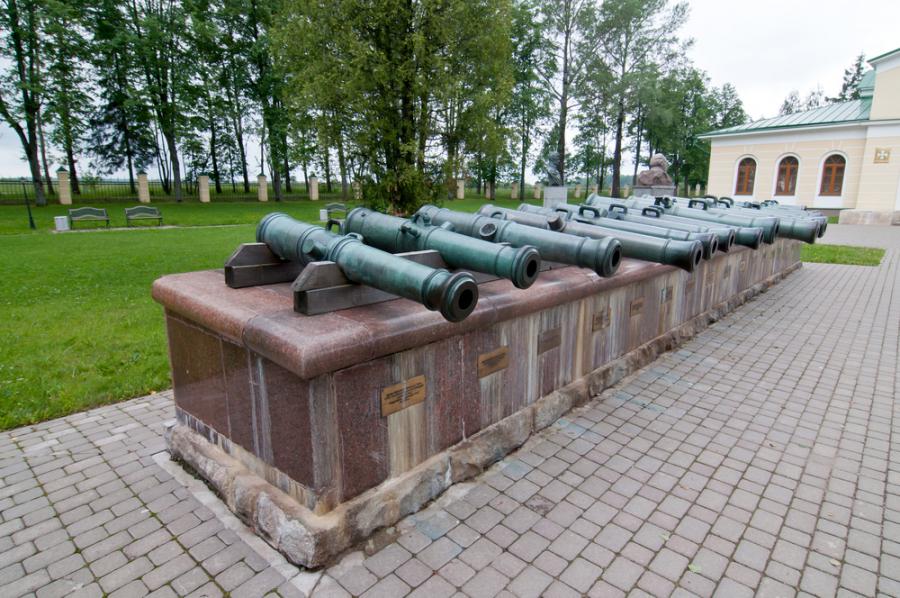
The 1930s were a hard and dark period in the field's history: the monuments, cathedrals, and icons were destroyed, the tombs were desecrated. Almost from all the monuments of the Borodino field, there were removed Russian state symbols — eagles, crowns. Crosses were cut down. In October 1941, the Borodino Field again became a place of fighting. As a result of the bombing, the monuments were affected. The museum artifacts were rescued. In October 1941, they were taken to Moscow and then to Alma-Ata. In December 1941, there was an exhibition of the Borodino Museum in the House of Defence. In 1944, these museum exhibits took their past places in the renovated building in the heart of Borodino Field. On the eve of the 150th anniversary of the Battle of Borodino in 1961, the Borodino Field has announced the open-air museum. In the 60-70th years of the 20th century, most of the monuments were restored. Nowadays, there are located about 300 commemorative objects on the territory of the museum. The museum has a collection of more than 40 thousand exhibits. Among the museum items, there are personal belongings of Emperor Alexander I, Field Marshal M. Kutuzov, Russian and foreign generals, trophies of Napoleon's baggage, documents, and jewels of Soviet military leaders and ordinary defenders of Moscow in 1941-1942.
